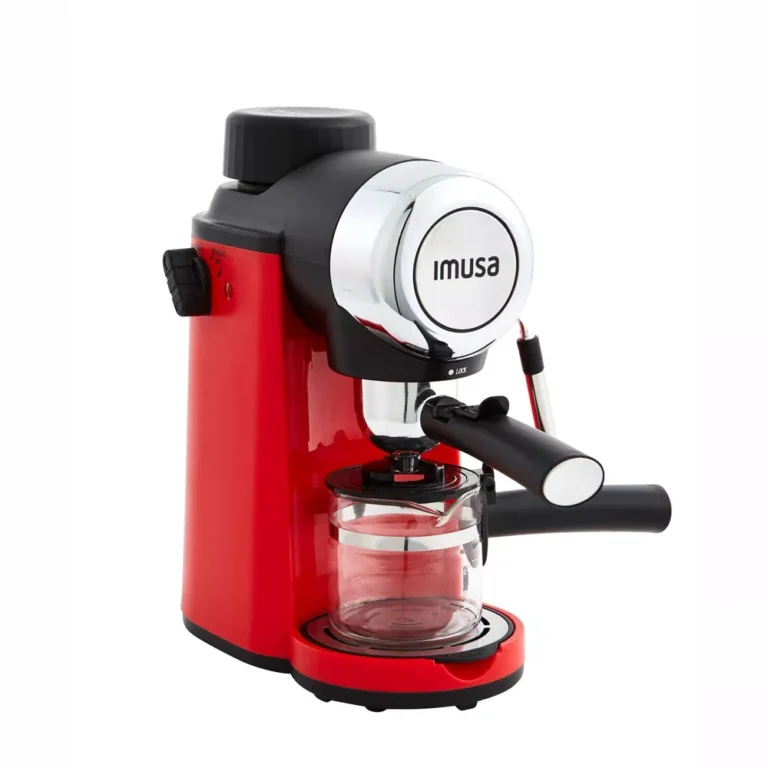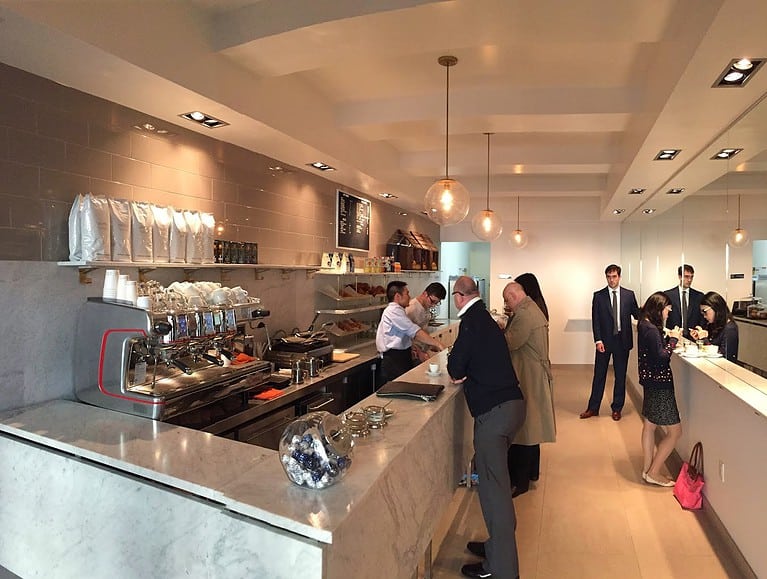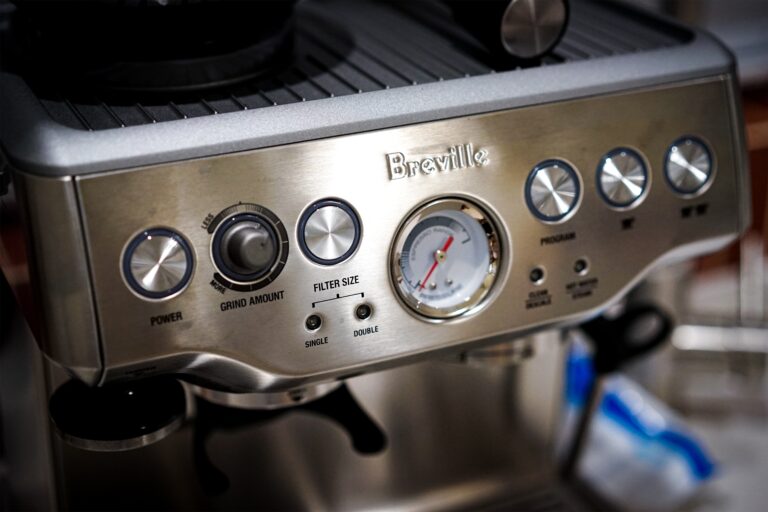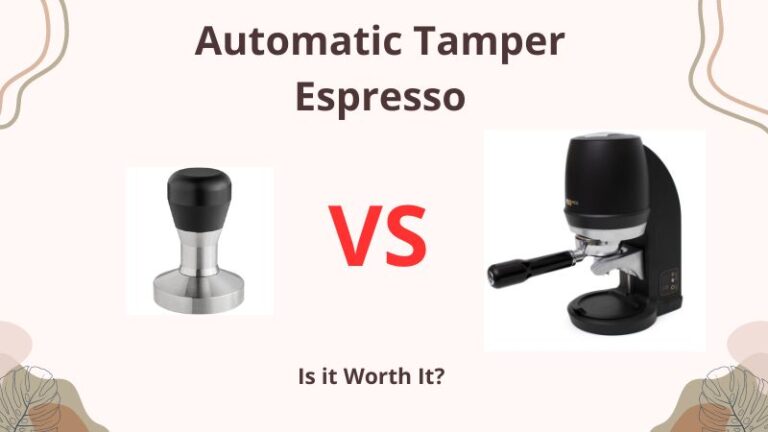Espresso Bars: The Unit of Pressure for Espresso Machines

One essential element that sets apart a great espresso from an ordinary one is the pressure measurement used in espresso machines. In this blog post, we will explore the measurement of espresso bars, delve into the mechanics of pressure in espresso machines, and understand why it plays a vital role in extracting the flavors and aromas that make espresso a beloved beverage. Join us on this caffeinated journey as we unravel the mysteries of espresso bars!
Understanding Espresso Bars
Espresso bars refer to the units of pressure used in espresso machines to create that rich, flavorful shot of espresso. It is a measure of the force exerted on the water by the machine’s pump, typically expressed in bars. The term “bar” represents atmospheric pressure, with 1 bar being equivalent to the pressure exerted by the Earth’s atmosphere at sea level.
The Importance of Pressure in Espresso Extraction
Pressure plays a crucial role in the espresso extraction process. When water passes through tightly packed, finely ground coffee, it extracts the desirable compounds that contribute to the unique taste and aroma of espresso. The right amount of pressure is necessary to achieve the perfect balance between under-extraction and over-extraction.
Insufficient pressure can result in an under-extracted espresso shot, lacking in flavor and intensity. On the other hand, excessive pressure can lead to over-extraction, resulting in a bitter and unpleasant taste. Achieving the ideal pressure allows for the extraction of the desirable oils, solids, and aromatic compounds while avoiding any unwanted bitterness.
Pressure Measurements in Espresso Machines
Espresso machines are designed to generate the necessary pressure for brewing espresso. The most common pressure range used in espresso machines is between 8 and 9 bars. However, it is essential to note that variations exist depending on the specific machine, coffee blend, and personal preferences.
Some modern espresso machines come equipped with pressure profiling systems, allowing baristas to control the pressure during different stages of the extraction process. This flexibility enables fine-tuning the flavor profile of the espresso, unlocking new dimensions of taste and complexity.
How many espresso bars should my espresso machine have?
Good ranges for bars in an espresso machine typically fall between 8 and 9 bars. This range has been widely accepted as the standard for achieving optimal espresso extraction. However, it’s important to note that the specific range can vary depending on various factors, such as the machine’s design, coffee blend, and personal preferences.

Why do machines have a lot of espresso bars
(eg. 15 or 20)?
Espresso machines are designed to operate at high bars of pressure to ensure the optimal extraction of flavors, aromas, and desirable compounds from coffee grounds. High-pressure extraction is necessary to maximize the extraction of the flavorful and aromatic compounds present in coffee grounds. The force exerted by the high bars of pressure helps to efficiently dissolve and extract these compounds, resulting in a more robust and flavorful espresso shot. That said, you don’t need more than 10 bars for espresso extraction.
Achieving the Optimal Pressure
To ensure the optimal pressure for espresso extraction, it is crucial to maintain the proper calibration and operation of the espresso machine. Regular servicing and maintenance help keep the machine in peak condition, guaranteeing consistent pressure output.
Baristas also play a vital role in achieving the desired pressure for espresso extraction. Through skillful techniques, they control variables such as grind size, tamping pressure, and shot duration to complement the machine’s pressure. Experimentation and experience allow baristas to adapt to different coffee beans and produce the perfect espresso shot.
Conclusion
Espresso bars, the pressure measurement for espresso machines, is a critical element in the pursuit of the perfect espresso shot. The balance between pressure, extraction time, and variables controlled by baristas determines the quality and flavor of the final beverage. Understanding the role of pressure in espresso extraction empowers coffee enthusiasts to appreciate the art and science behind a well-crafted cup of espresso. The next time you savor that aromatic shot of espresso, remember the invisible force of pressure that brought it to life, and appreciate the mastery behind every sip!






